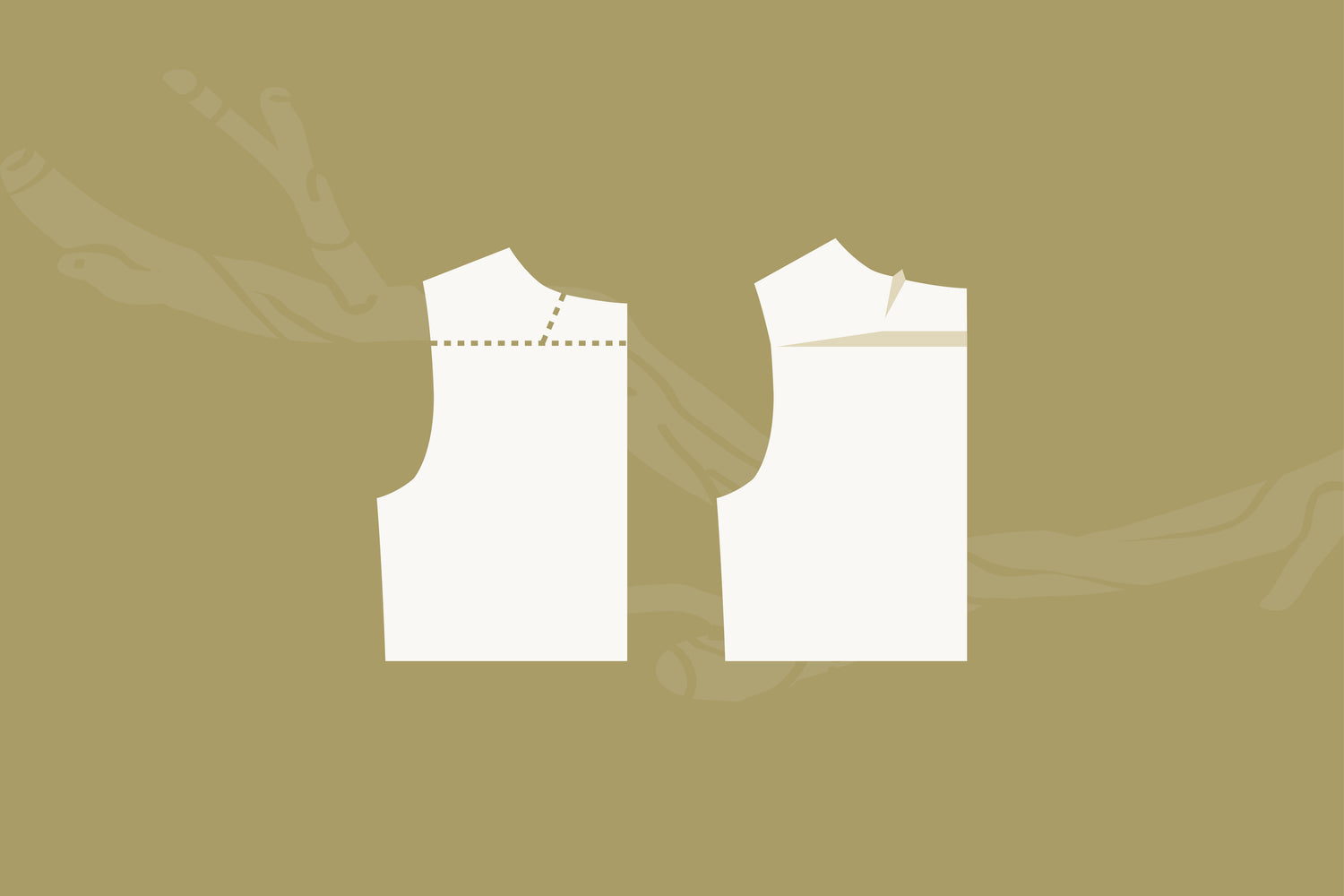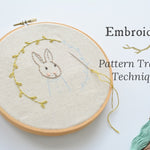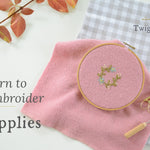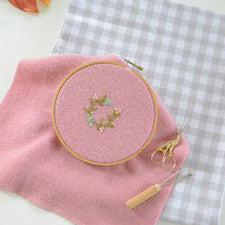Needing a High Rounded Back adjustment is quite common, and is becoming more so when people are increasingly required to spend long hours at computers and desks. This adjustment is also known as a High Round Back, Rounded Upper Back, Round Back and other combinations of the terms.
Some signs that you have a high round back include your clothes feeling as though they are riding up at the front, or sliding backwards on your shoulders, a gaping neckline, or that your hem/waistline rides up in the back. This is all caused by the shape of that part of the body having a larger surface area at the top of your back in comparison to the body block the pattern was drafted on. This, in turn, means the garment’s fabric struggles to cover that area.
You may also find that your shoulder seam points towards (or behind!) the back of your neck, rather than straight along your shoulder. This may be corrected with a High Rounded Back adjustment, but might require further adjusting with a Forward Neck/Head adjustment. It is also becoming increasingly common to need both of these adjustments as well as modifications to fit a Forward Shoulder.
Every body is unique and has its own shape to be catered for, being able to customise your clothing to achieve this is one of the excellent advantages home sewing!

Materials
Finding your High Rounded Back Adjustment Measurement
It is easiest to check this measurement if you have another person to help you. Measure from the base of your neck, where the back of a neckline would typically sit, vertically along your body down to where the intended waistline of your garment will be. Then compare this measurement to your pattern. The difference between your measurement and the pattern will be the amount you will need to add for the adjustment.
If you have a toile/muslin prepared, you can put this on and have your helper measure from the neckline to the toile’s waistline.
To set up for this adjustment, put a piece of paper beneath your prepared Back pattern piece. Line up the centre back of the pattern piece with one long side of your paper. That long side will serve as a centre back guide and the paper itself will be used to fill in any empty spaces formed by creating the adjustment.

Please Note: These instructions will work well if the amount you need to adjust is 2" (5cm) or less. If the adjustment is more than 2" (5cm) then, you also need to cut entirely through the horizontal line set up in Step One, and then add up to an inch of length to that section of the pattern.
This fabric addition will alter the armscye shape. You will also need to add the same amount between the shoulder seam notch and the double notches at the back of the sleeve, to fit accordingly.
If you would like more guidance with this step, or with any questions while sewing your Twig + Tale patterns, please don't hesitate to reach out via our chat helpdesk, contact form, or in our Twig + Tale Chat facebook group!
Adjust your Pattern Piece
1. Draw a horizontal line across the bodice, around a third of the way down the armscye from the shoulder. Then draw a diagonal line from a mid point of the neckline to that horizontal line — as shown in the illustration.

2. Cut along the Horizontal line from the centre back almost all the way to the armscye - leaving a little to act as a hinge.

Swing open the pattern pieces at the centre approximately the amount you need to add to the Back - you’ll finesse that in the next step.

3. Cut from the neckline ALMOST to the horizontal line, again using that point as a hinge.

Swing that out to line up with the centre back guide. The distance between the horizontal line and the bottom of this piece is what you need to correctly reach your measured adjustment amount. Secure everything with tape to the paper you placed underneath in the beginning.

4. Form the split opening at the neck into a dart, so that you can then achieve the neck and shoulder shaping as intended in the pattern. To achieve this, fold the dart closed lengthways and use a tracing wheel or pin to mark in the side seam over the area where the dart has folded under. This will create shaping so that the dart end will caught neatly in the side seam when sewn.

5. Make sure all your pieces are nicely secured to the under paper with tape, and then true up your new pattern piece, cutting away any excess under paper! All done, your High Rounded Back Adjustment is complete!

Please Note: If working this adjustment in a fully lined garment, or wanting to recreate the shape in a neck facing, it is a good idea to press the darts in opposite directions to help the the neckline lay flat. You may also choose to slightly offset the dart for the lining.
Please remember, we always recommend sewing a toile/muslin to test out your pattern adjustment before cutting into your fancy fabric.

Read more Twig + Tale sewing tutorials here:




